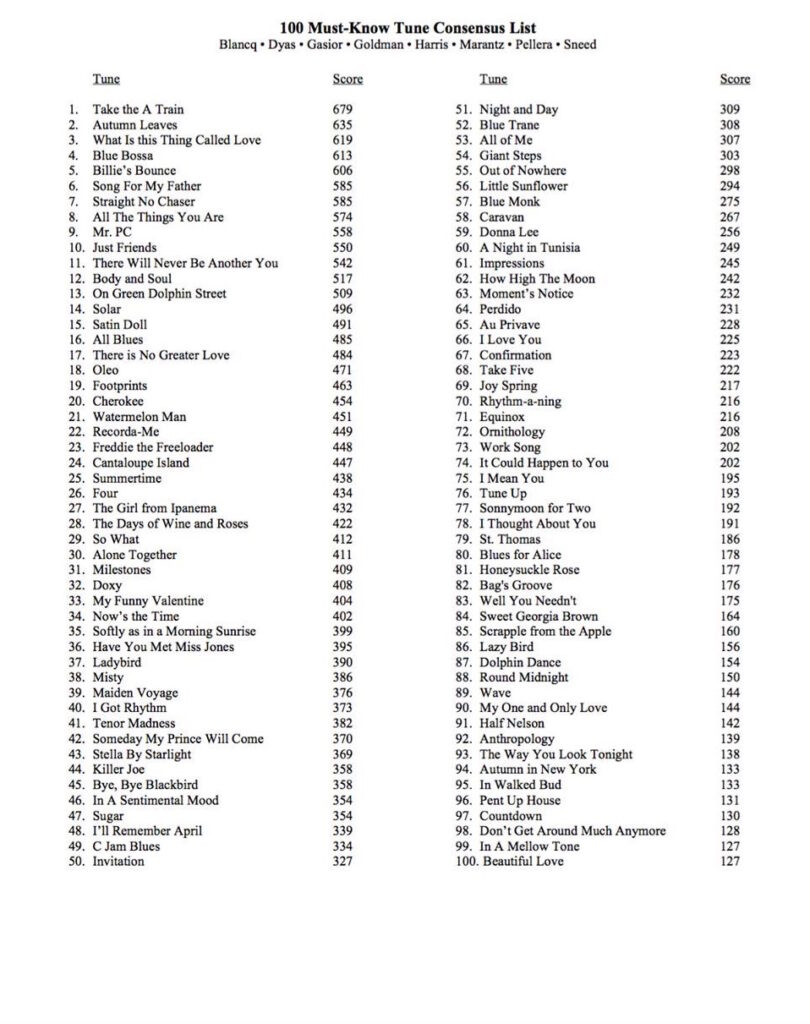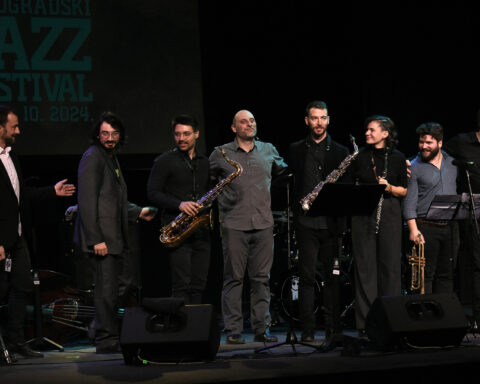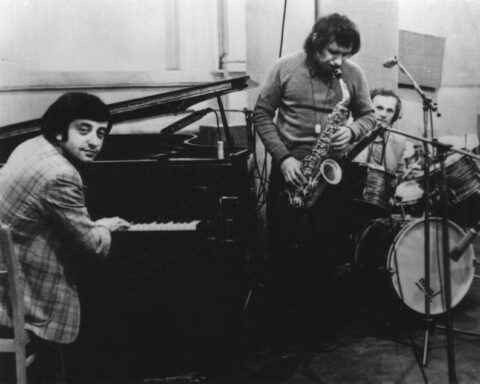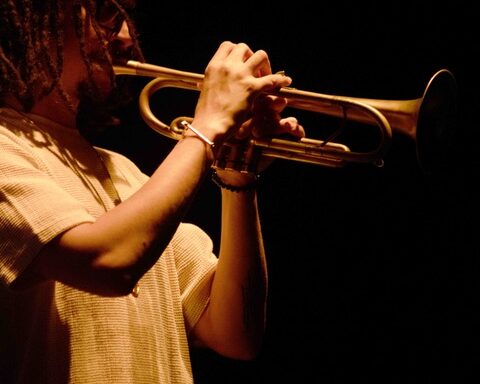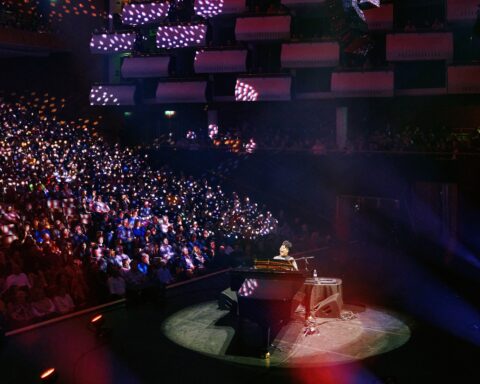Written in reaction to the publication of the 19th annual Francis Davis Jazz Critics Poll, administered by Tom Hull. Alternate views: Francis’ essay, which includes his report of failing health, and Tom’s. Also: Hull’s list of Notables We Lost in 2024.
I hate lists. This sentiment is wildly unpopular among my colleagues, especially at the end of the year when we’re supposed to be busy proclaiming ten best. For readers, I suspect such a confession casts me as, at the least, contrarian.

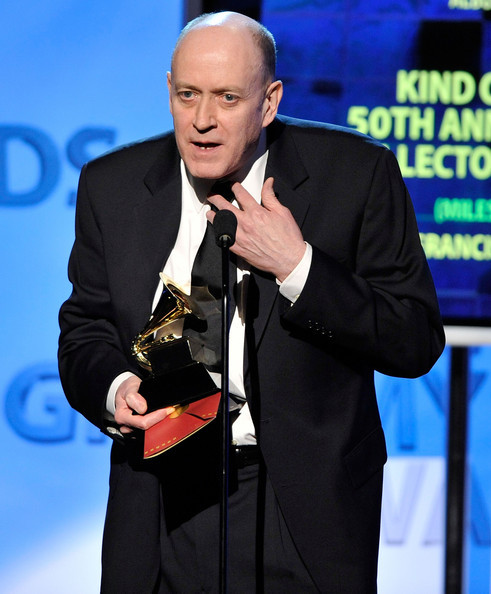
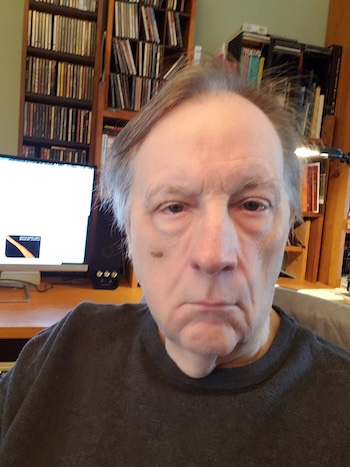
Here are my reasons:
- I love basketball. I keep score. I know what it means to win. But music—any art form, really—is not a competition.
- Nor is writing about music a ratings game. The critic’s role is best expressed with thumbs neither up nor down but rather in pockets, and a mind intent on saying something specific—the more qualitative, the less quantitative, the better.
- Jazz—which prizes nonconformity, celebrates outliers and involves personalized approaches on the parts of both musicians and listeners—does not benefit from the attempts of rules-bound list-makers to build consensus or to look cool by defying consensus.
- Ask me tomorrow, it’s a different list. And again, the next day. Or even several hours later. Like ragas, which are sung or played at specific times of day to create distinct moods and experiences, my own appreciation of a recording or a performance, however deeply grounded in aesthetics, is situational and mutable. I like it that way.
- You’ve got these ten slots. Things can’t help but get political while handing out prizes. How many of these choices are from young musicians? Old ones? Men? Women? Black, Brown, White . . . ? Horn players, pianist, drummers and so on?
- Back when I wrote for the Village Voice, I’d argue with my editor, Bob Christgau. He loved categories. I didn’t. These lists of ours, we’re going to try to stretch them across styles and substyles—it’s only natural—in an attempt at appearing nondenominational, or to seem catholic in our tastes.
- Who can cover the waterfront? It’s a very, very big waterfront. Now that the barriers to producing and distributing music are pretty much gone—a good thing if we’re not talking about the corresponding fact that the model for making sustainable incomes from recording music is also gone (and we do very much need to talk about that, you know . . . )—it’s impossible to hear enough of what’s released each year to say, “Best jazz of 2024.” At most, “Best of the stuff I’ve heard.”
- My favorite jazz musicians create their own contexts. Forcing them into an orderly list—shoving one between, say, #5 and #7—laughs in the face of such distinctions. Henry Threadgill, for instance, oughn’t be lined up in anyone’s order. He should get his own damn list.
- And let’s face it: Lists suck the life out of the very enterprise of writing about music (or writing about pretty much anything else if you ask me). They infantilize both form and content. As listicles replace articles—and here I am, committing that very crime—the elements of not just style but also a writer’s primary purpose fade away. We need stories, not numbered items with accompanying text. We want context beyond and in defiance of best-to-worst.
- Okay, enough already. I’ve meant what I’ve said yet I’ve exaggerated. I went on too long and have made things appear more black-and-white than they really are. You’re not the first to tell me that. Besides, in truth, I no longer harbor hate for anyone or anything—not even Top 10 lists, which I make each year. (You can find my ballot in this poll here.) I’ll admit: While writing them, I consider the narratives that course through each one, which do in fact tell stories about my year of listening closely.
This year, I noticed the changing flora and fauna of our jazz landscape. My Top 10 begins with an album from a quintet that includes cello and ends with a duo of piano and viola. Another story concerns what gets distilled over time, how and why. The release atop my “rara avis (reissues/archival)” category—Alice Coltrane, The Carnegie Hall Concert, drawn from a 1971 performance—reflects the deepening relevance and influence of Alice’s approach to piano, organ and harp, and more so of her intention to fuse Eastern-derived spiritual and jazz-based musical goals in a singular fashion. The sound of and vision behind Daughter of a Temple (#7 on my new release list) by ganavya, a vocalist who was born in New York and raised in Tamil Nadu, in South India, would not have been possible without Alice’s specific example and the repertoire developed during her journey. And in my list of new releases I also sense an idea I’ve been fixed on for quite some time now: The full flowering of a new generation of musicians devoted to “Creative Music,” and their direct connections with an earlier and still vital community of pioneering musicians, especially those nurtured by Chicago’s A.A.C.M., such as trumpeter Wadada Leo Smith and pianist Amina Claudine Myers, whose gorgeous duet release, Central Park’s Mosaics of Reservoir, Lake, Paths and Gardens, was number four.
Maybe I even like my list a little. But ask me tomorrow and, well, who knows?
